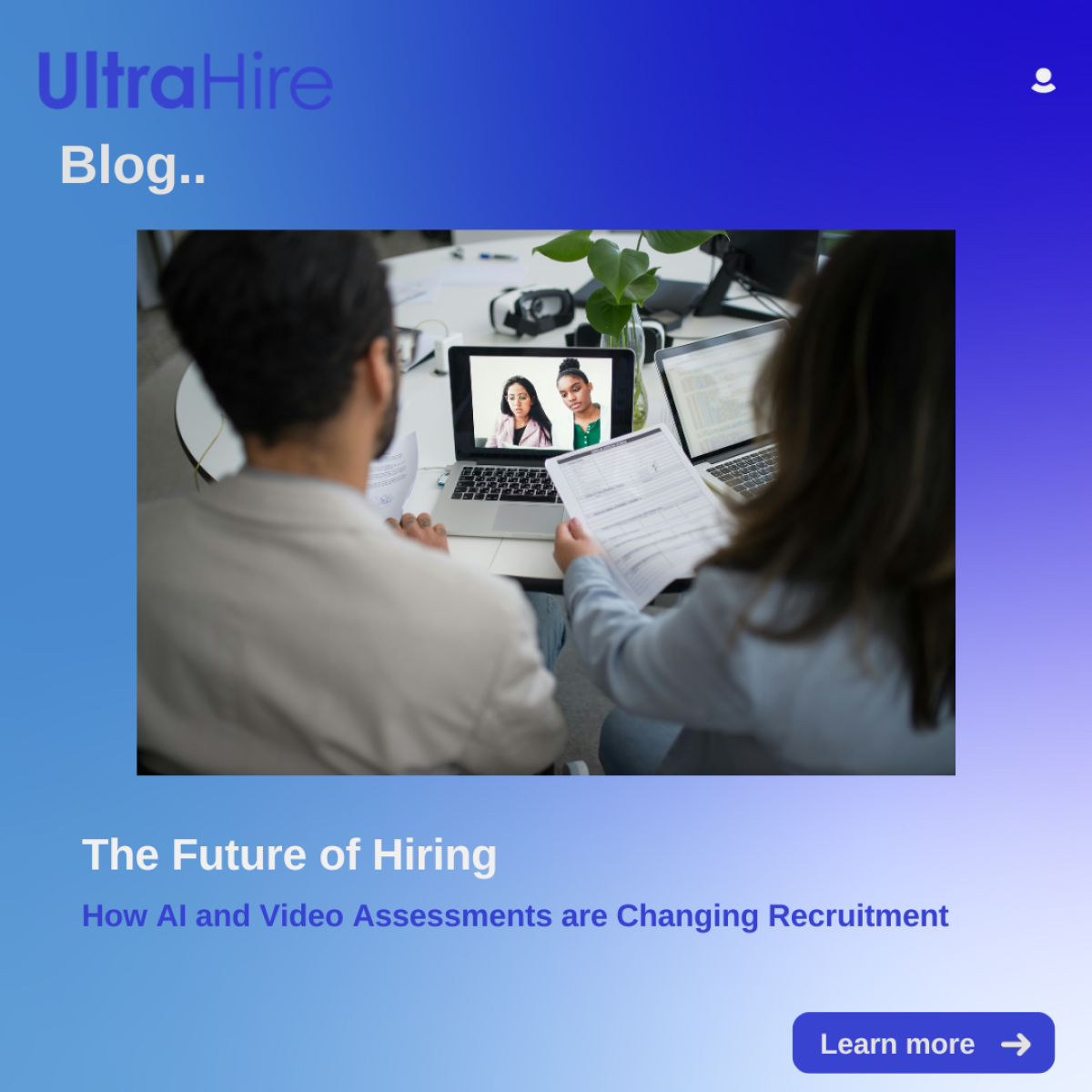Finding the Perfect Fit



The High Stakes of Recruitment and the Cost of Bad Hires
In the dynamic landscape of recruitment, finding the perfect candidate is akin to finding a needle in a haystack. Companies invest substantial resources in talent acquisition, yet the challenges of identifying the right fit persist. The consequences of hiring mistakes extend far beyond financial implications, affecting productivity, morale, and organizational culture. In this blog, we delve into the complexities of talent acquisition, explore the ramifications of bad hires, and propose strategies to enhance hiring accuracy.
Challenges in Identifying the Right Talent
Identifying the right talent amidst a sea of applicants poses a formidable challenge for recruiters and hiring managers. Traditional recruitment methods, such as relying solely on resumes and interviews, often fall short in gauging a candidate's suitability for the role. Additionally, the demand for specialized skills and cultural alignment further complicates the hiring process. As a result, companies struggle to discern between qualified candidates and those who may not thrive in the organizational context.
Consequences of Bad Hires: Costs, Productivity Loss, and Cultural Impact
The repercussions of making a bad hire reverberate throughout an organization, exerting a significant toll on both financial and cultural fronts. From recruitment costs to training expenses, the financial implications of hiring mistakes can be substantial. Moreover, the productivity loss resulting from a mismatched hire can disrupt workflow, hinder team dynamics, and impede organizational goals. Beyond monetary concerns, bad hires can erode company culture, dampen employee morale, and tarnish employer brand reputation. Left unaddressed, these cultural ramifications can permeate throughout the organization, leading to long-term repercussions.
Strategies to Improve Hiring Accuracy
Enhancing hiring accuracy requires a multifaceted approach that combines strategic planning, data-driven insights, and innovative recruitment techniques. Leveraging predictive analytics and talent assessment tools can provide valuable insights into a candidate's potential fit within the organization. Additionally, implementing competency-based interviews and behavioral assessments can offer a more comprehensive evaluation of a candidate's skills, traits, and cultural alignment. Furthermore, fostering a collaborative hiring process that involves multiple stakeholders can mitigate biases and enhance decision-making objectivity.
Role of Technology in Enhancing Talent Acquisition
Technology plays a pivotal role in modernizing and optimizing talent acquisition processes. Applicant tracking systems (ATS), AI-powered recruitment platforms, and video interviewing tools streamline administrative tasks, automate candidate screening, and facilitate data-driven decision-making. These technological advancements not only expedite the recruitment cycle but also enhance the candidate experience, resulting in a more efficient and effective hiring process.
Navigating the complexities of talent acquisition requires a strategic and proactive approach that prioritizes accuracy, efficiency, and cultural alignment. By recognizing the high stakes of recruitment and the ramifications of bad hires, organizations can implement strategies to mitigate risks and optimize hiring outcomes. Embracing technology, fostering collaboration, and prioritizing candidate experience are key pillars in building a robust recruitment strategy that drives organizational success. In the pursuit of finding the perfect fit, organizations must remain vigilant, adaptable, and committed to continuous improvement in their talent acquisition endeavors.
Keywords
talent acquisition
recruitment challenges
bad hires
hiring accuracy
talent management
HR technology
recruitment strategies
hiring mistakes









